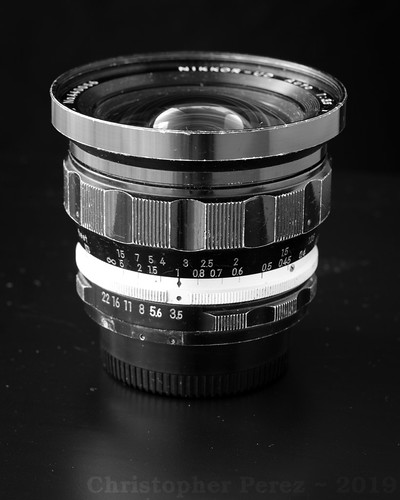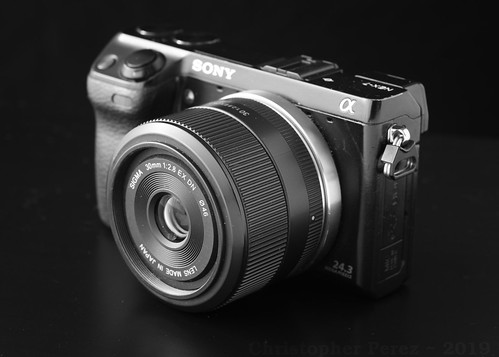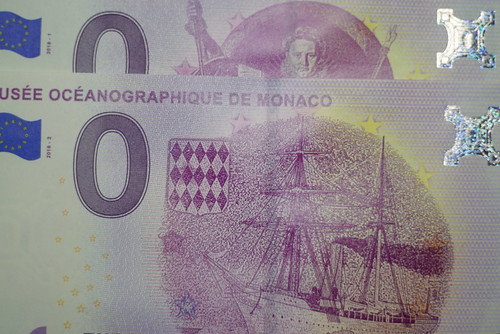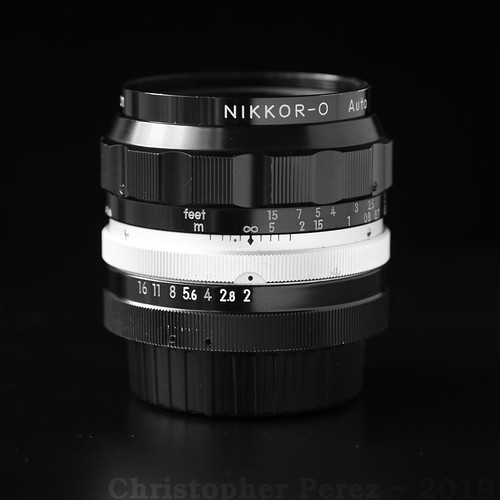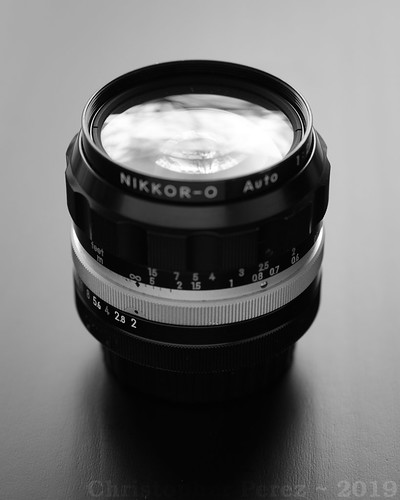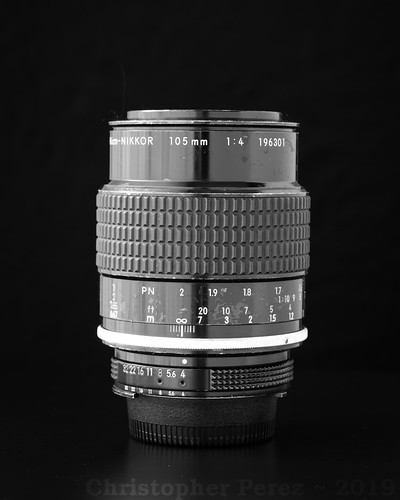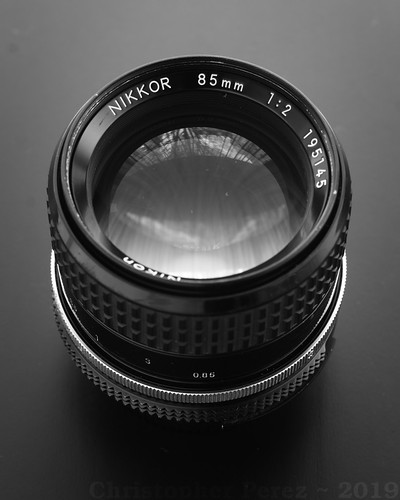I'm at a loss to explain why the prices have seemingly dropped out of the old manual focus lens market. Sure, there are likely more than a few good reasons for this, but nothing stands out in my mind as the _most_ likely explanation.
No matter. I find I'm enjoying finding brilliant optics for not much money. It's too much fun, in fact, and I've made something of a game of it all, searching for the cheapest and best optics I can find.
I set an arbitrary upper limit on what I will spend on an old piece of glass at 50Euro. Perhaps surprisingly I'm able to many times pick up a lens for less than that, delivered. Here are three examples.

Some time back I picked up a
Nikon Nikkor 80-200mm f/4.5 N for what I felt at the time was a shockingly low price (much less than the one seen in the previous link). The lens is in very good condition and the optics are mint.
Not long after I found a mint condition
Nikon 75-150mm f/3.5 AiS for half what I paid for the 80-200mm. These days no one seems to like the short 2x zoom, but go back to when the lens first came to market and you'd see fashion photographers use practically nothing else (yes, I exaggerate, but not by much). This lens, while costing so little, delivers much more than you might believe possible.
After spending the winter in Nice I came home and causally scanned the latest lens offerings on the 'net and came across the mighty
Nikon Nikkor 100-300mm f/5.6 AiS for what I'd paid for the 80-200mm. This model zoom is long but makes not accommodation for a tripod foot to help balance the rig while on a tripod or monopod. But, it's a lot lighter than other lenses in this class, so I thought I'd give it a try.
The 100-300mm was being sold "as is." This is usually an indication that something is wrong. In this case the focusing sleeve was reportedly "loose." This happens frequently with these old zoom lenses. Nikon used a felt ring to keep the push-pull focusing sleeve snug against the inner barrels. When the lens arrived it turned out to be much much better than expected. It's perfectly usable "as is."
Normally I prefer fixed focal length lenses. Traditionally they tend to be sharper across the field and are better able to manage spherical aberrations in the out of focus areas. So I put these three zooms to "the test" to see what Nikon did with their early versions.
In all three cases, resolution in the center of the field of these zooms are at least the equal to their fixed focal length counterparts. The
edges of the 75-150mm and 80-200mm were testing slightly soft. The 100-300mm, however, is brilliant straight across the frame.
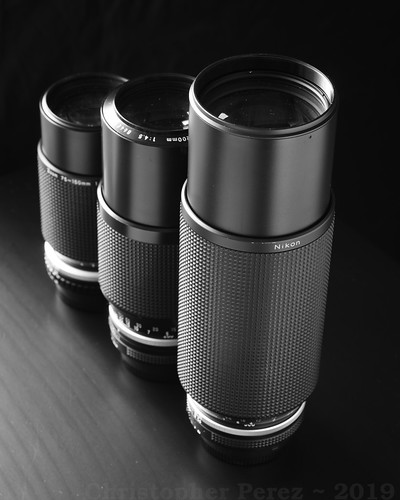
Then I reminded myself (by
conducting yet more comparisons) that many of my fixed focal length lenses suffered from field curvature. When I accounted for this be refocusing at the edge of the frame when I conducted my "resolution" comparisons I found that in nearly every single case that the "resolution" at the edge matched the "resolution" at the center _from wide open_. So I took another look at the two shorter zooms and, yes, found they too can suffer from field curvature and produce sharp images at the edge of a frame when the curvature is accounted for.
Next, I took a look at the out of focus rendition behind the point of focus of these zooms. True to what
Nikon says about nearly all their lens designs, the
75-150mm and
80-200mm lenses at the shorter focal lengths have been under-corrected for spherical aberration behind the point of focus.
One more thing of interest, however, came quickly apparent. In the case of these
two zooms, there was something happily surprising that happens at the longest focal lengths, and in the case of the 100-300mm, the same thing holds true at all focal lengths. The out of focus rendition is dreamy creamy smooth neutral. The rendition is so good that they are every bit as good as any of the current new all the rage "smooth trans focus" apodization filter lenses from
Sony (formerly
Minolta),
Fuji, and
Canon. Yes. It's true.

So what do I have here? In total, here are three wonderful Nikon zoom lenses. The zooms are sharp sharp sharp in a fixed focal length sense of "sharp". Yes, they gently suffer from varying degrees of field curvature, though none are worse in this regard than the fixed lenses I have looked at. Best of all, they all have beautifully controlled out of focus rendition. The only difference from their fixed focal length siblings, really, other than the obvious ability to change focal lengths, is the maximum aperture.
If I had to choose just one lens (and thankfully I don't, certainly not at these kinds of prices) the
100-300mm f/5.6 AiS stands out as something truly special.

